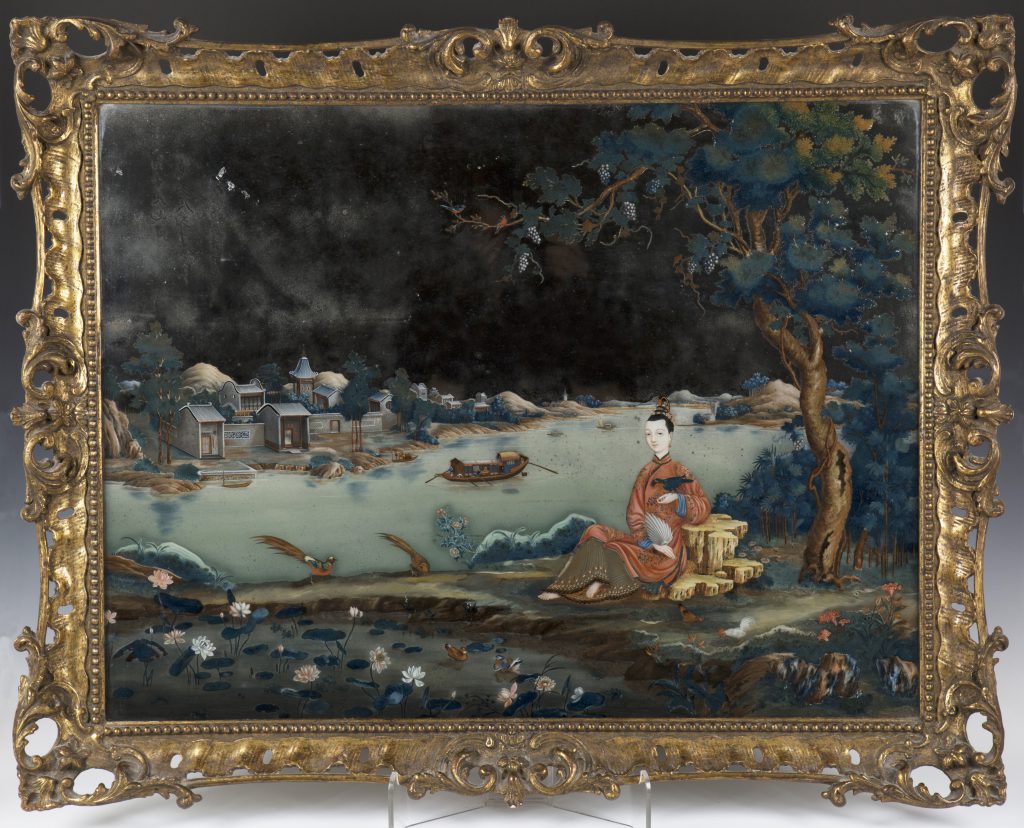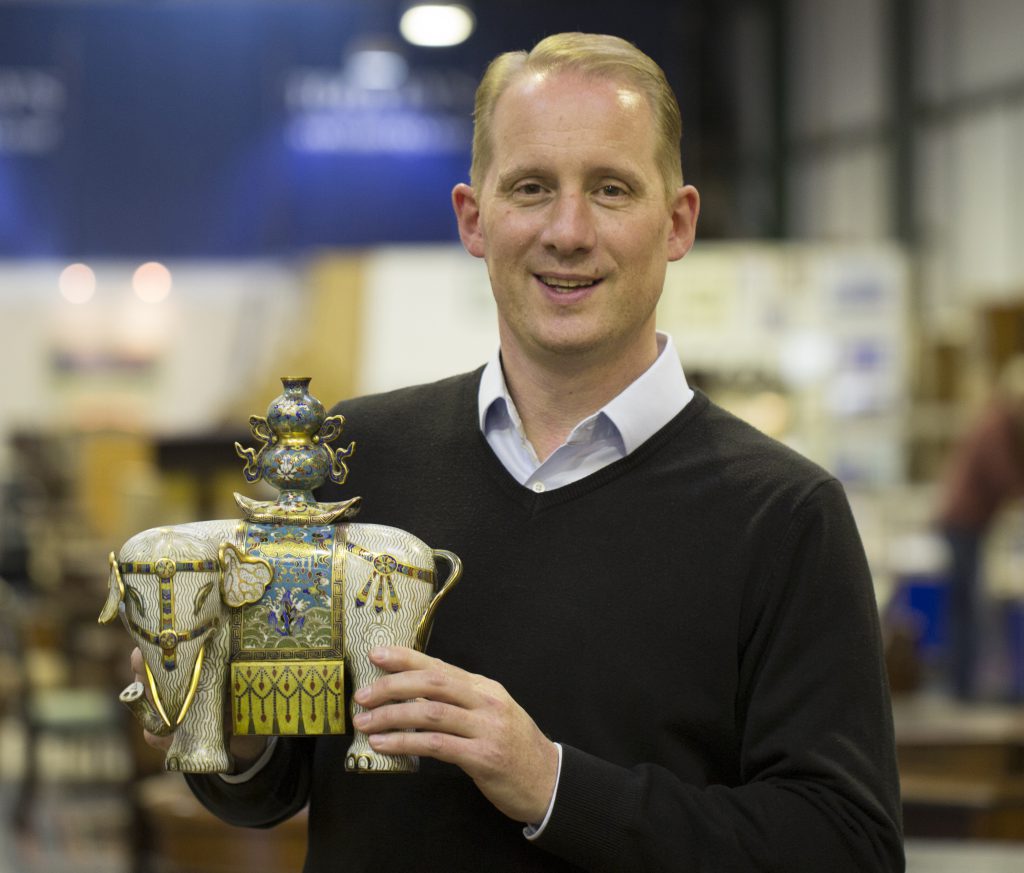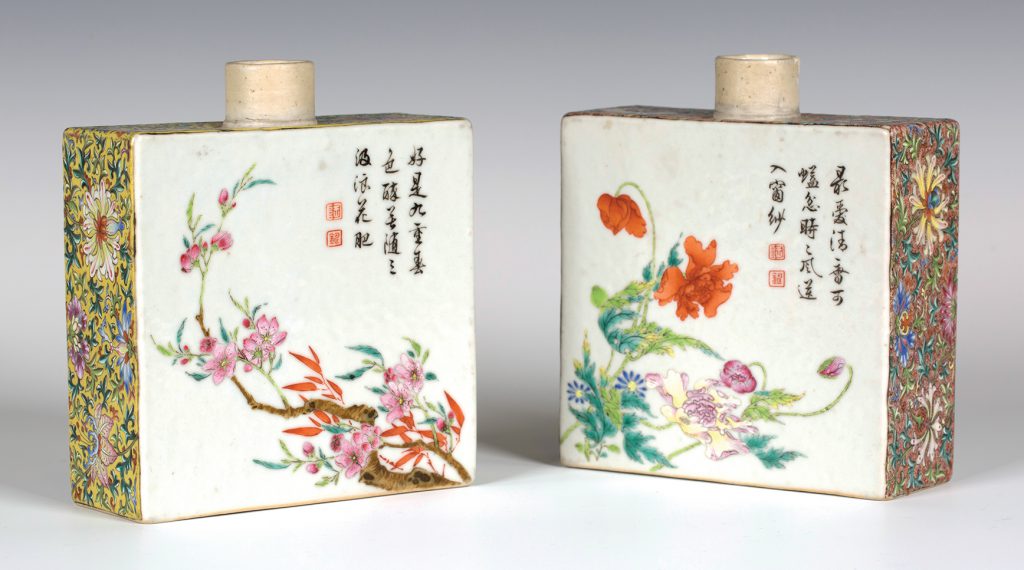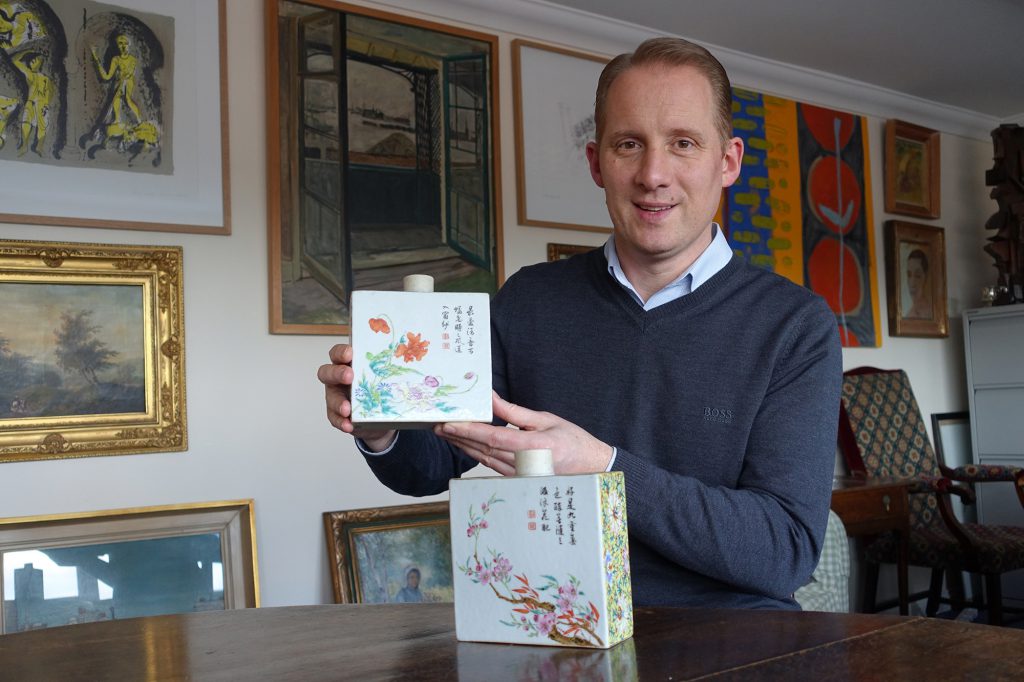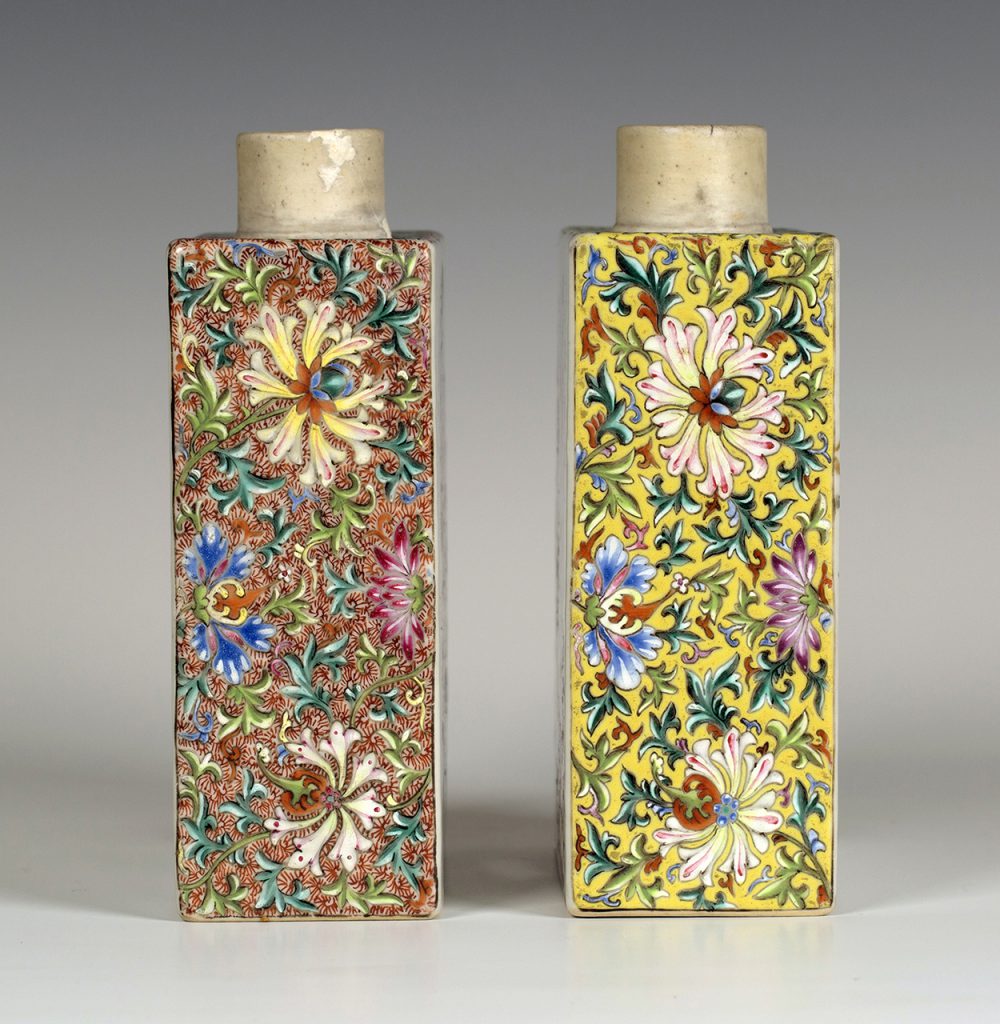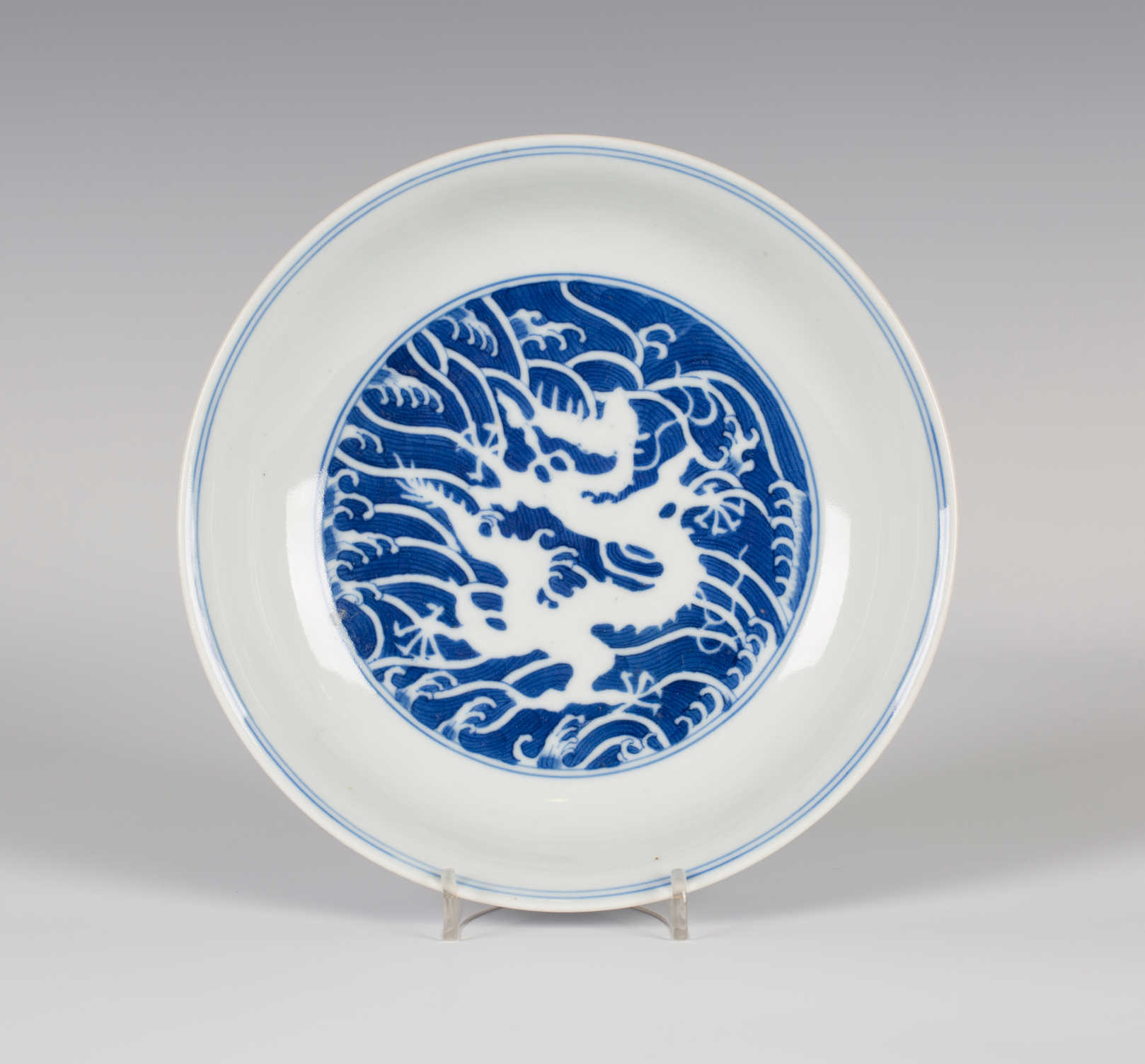
Chinese potters from the Qing Dynasty went to extraordinary lengths to copy centuries old designs. This was deeply bound up with the very nature of Chinese art which has always had a strong tendency towards antiquarianism. These qualities are apparent in the Imperial Qing Dynasty pieces of the 19th century. The artistry you can see in the pieces illustrated is at odds with the turbulent times during which they were made.
The Qing rulers faced internal rebellion as well as the increasing interference and dominance of Western and Japanese power in China. The century would witness the Opium Wars with Britain and China’s ceding of Hong Kong Island to us.
The profligacy of earlier Qing Emperors meant that Daoguang inherited a throne diminished by its depleted financial resources. Despite his personal austerity Daoguang failed to rebalance the country’s finances. The Dowager Empress Cixi came to prominence when she bore the Emperor Xianfeng (1850-1861) a son. In 1861 she assumed the role of co-regent over the six year old Tongzhi (1861-1875). When Tongzhi died childless in 1875 Cixi successfully installed her four year old nephew Guangxu (1875-1908) on the throne. She would remain in power until her death in 1908. Cixi’s narrow world view and extravagance prevented the reforms which might have strengthened the Chinese Empire and her dynasty.
The three small porcelain objects illustrated span this period and were sold at Toovey’s.
The base of the Chinese blue and white saucer dish is marked with the underglaze blue six-character seal mark of Daoguang. It is delicately decorated in reverse with a five clawed dragon writhing above a rough sea. The articulation of movement is particularly fine for this date and the dish sold for £6000.
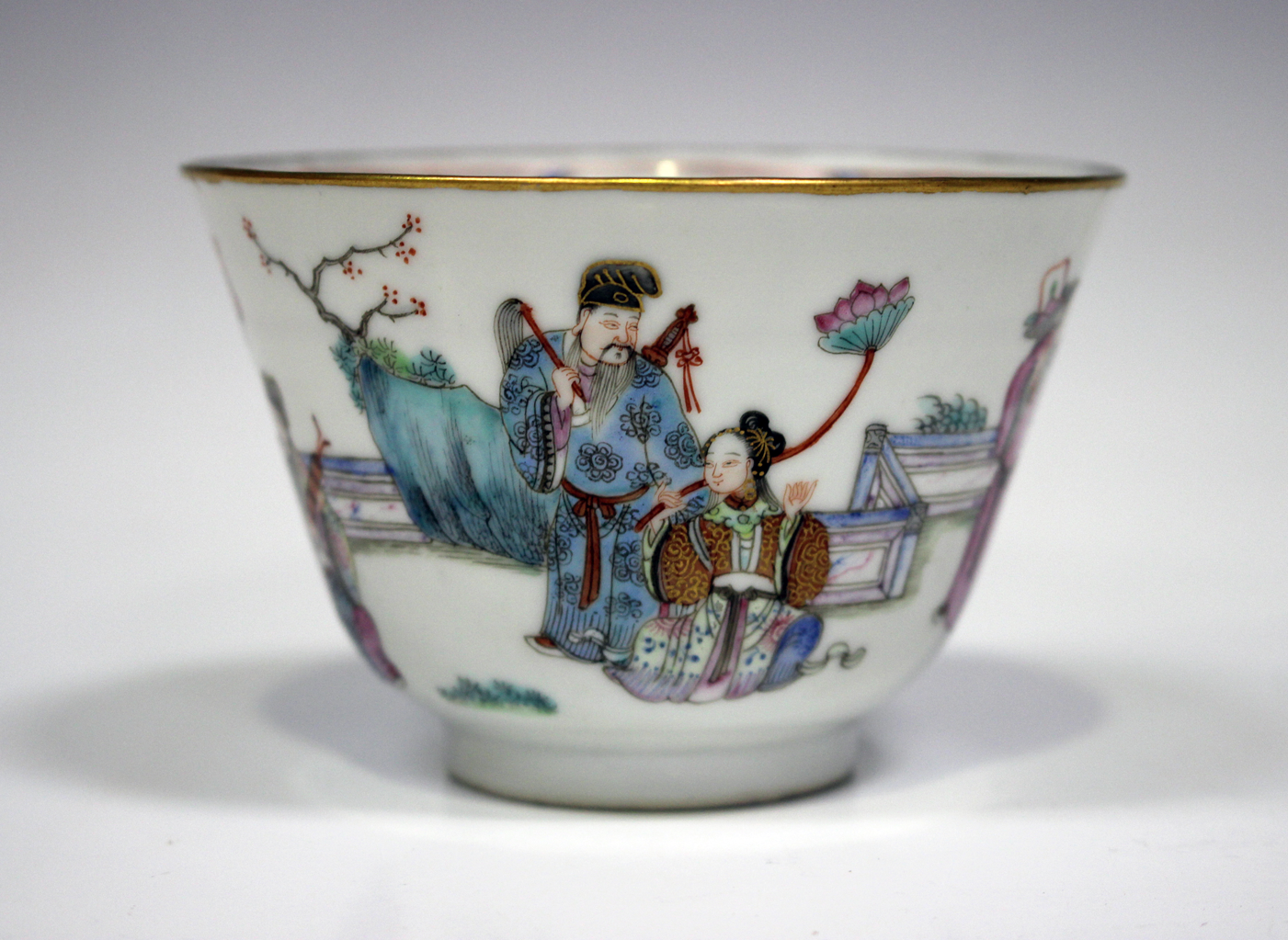
The delicate Chinese famille rose porcelain tea bowl is finely painted with a continuous frieze depicting the eight immortals in a garden. It realised £3200. The legendary eight immortals were thought to bestow life and destroy evil. The iron red six-character mark on the base is that of Tongzhi.
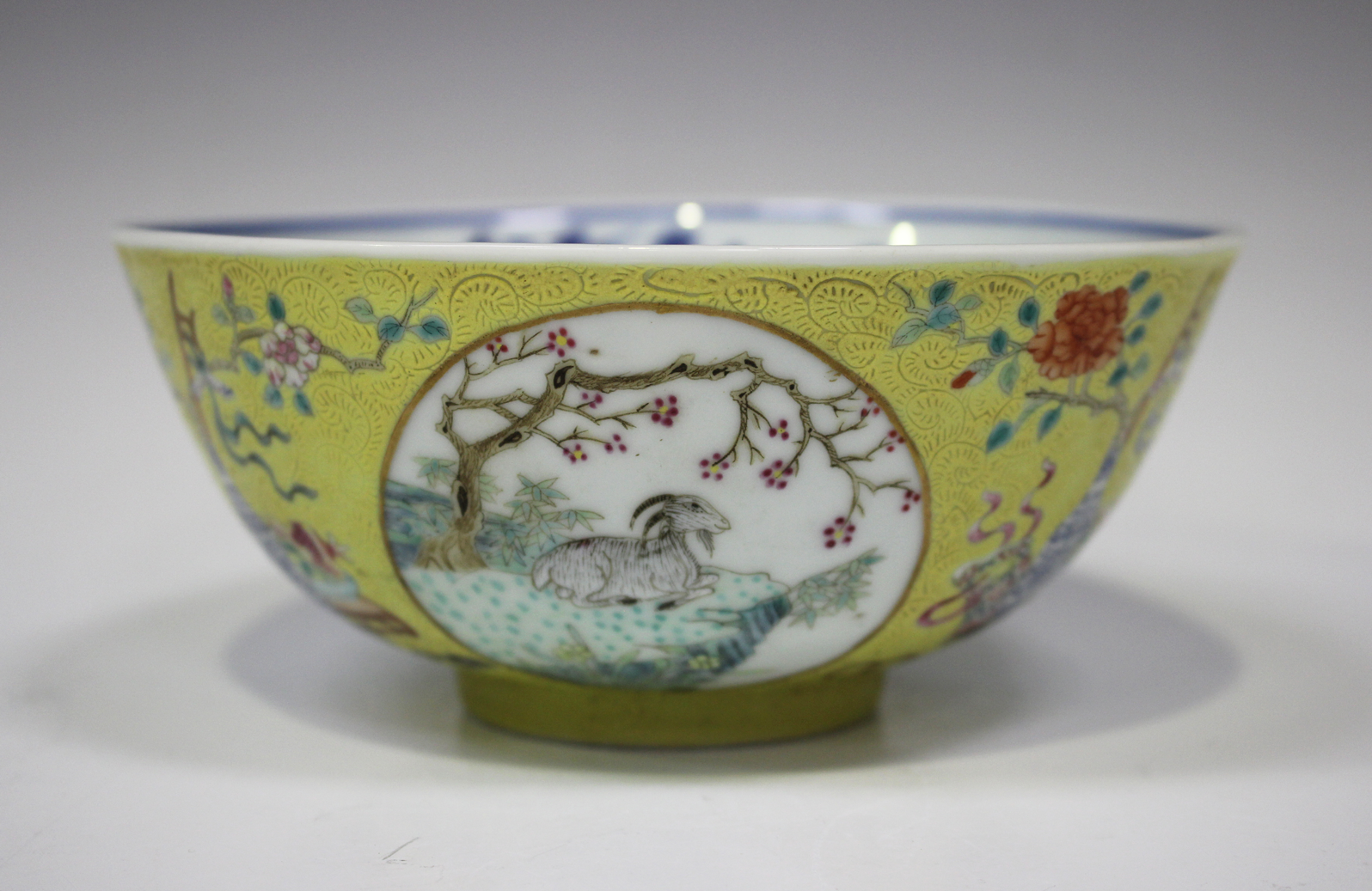
Medallion bowls were popular Imperial pieces from the 18th century onwards. This 19th century example, bearing the underglaze blue six-character mark for Guangxu, is beautifully decorated with three circular medallions filled with a recumbent goat, a lamb and an ox, each beneath a tree in landscapes. The fine Imperial yellow enamelled sgraffito ground is decorated with precious objects.
The 19th century Chinese Qing Emperors shared their ancestors’ fascination with the finest porcelain. These 19th century examples, discovered and sold in the heart of Sussex, are increasingly attracting the attention of international collectors including those from Hong Kong and mainland China.
Toovey’s Director, Tom Rowsell, is preparing his next specialist auction of fine Chinese porcelain which will be held on Thursday 5th December 2019. Entries are still being invited. Tom is always delighted to share his passion for Chinese porcelain with others and offer advice. He can be contacted on 01903 891955.
By Rupert Toovey, a senior director of Toovey’s, the leading fine art auction house in West Sussex, based on the A24 at Washington. Originally published in the West Sussex Gazette.
